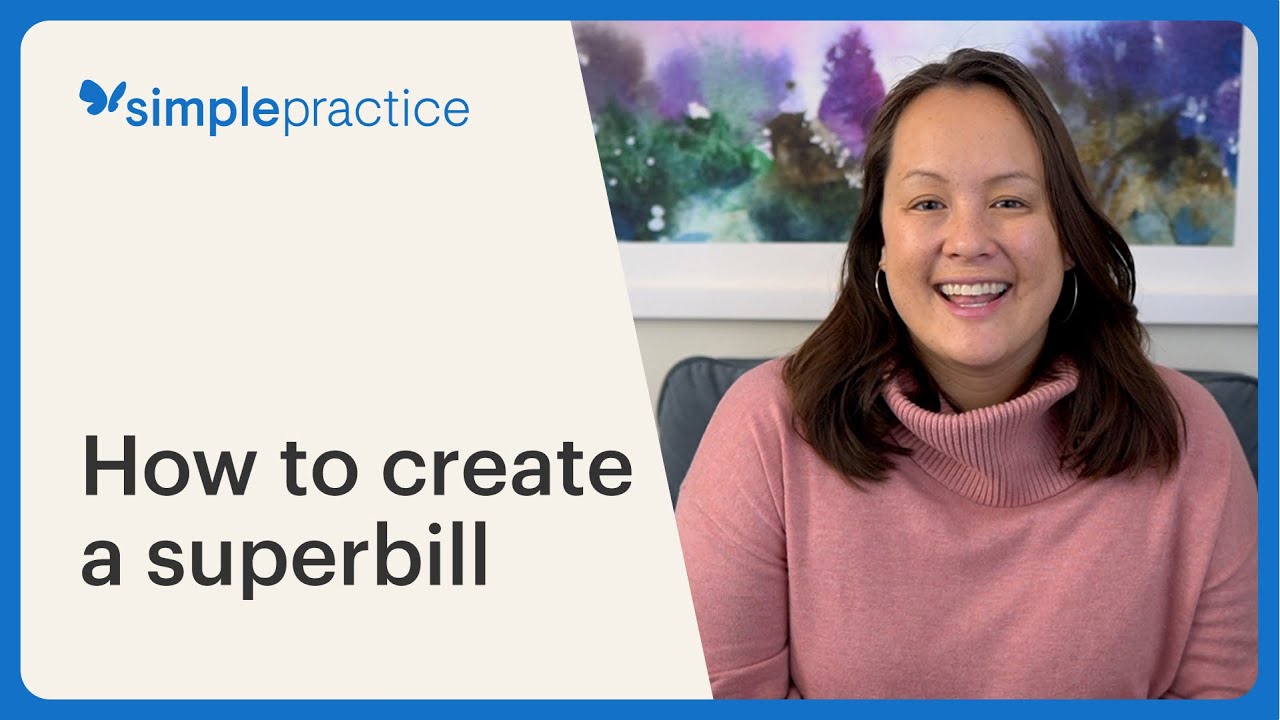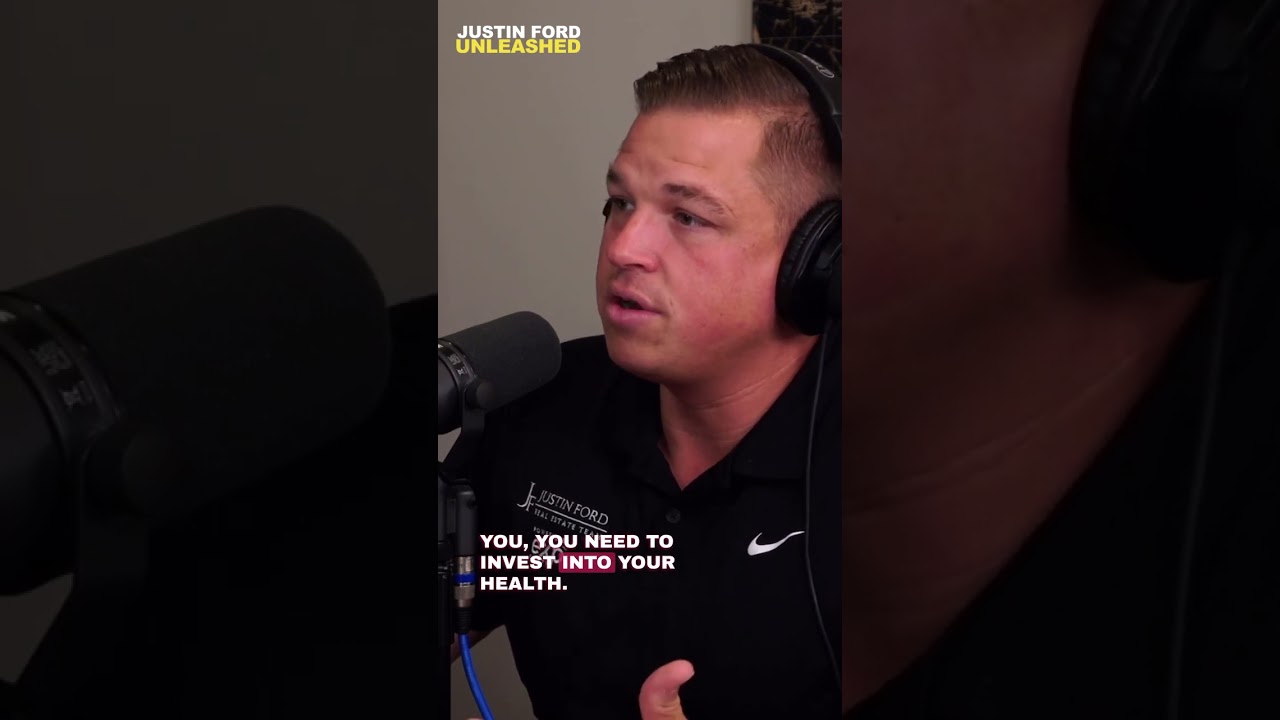Get your exclusive 2-month free trial to SimplePractice using Kelley’s partner link: https://ter.li/referSPKelley
Visit Kelley’s website with tips and courses on building your private practice: https://www.theprivatepracticepro.com/
Video chapters:
00:00 Introduction
00:31 Part 1 – How to manually create a superbill
01:28 Client view of receiving a superbill
01:53 Part 2 – How to set SimplePractice to create superbills automatically
02:26 Practice-wide settings for superbills
SimplePractice Help Center guides –
Creating superbills: https://support.simplepractice.com/hc/en-us/articles/360058860991-Creating-superbills
In this video, we’ll review how to create a superbill in SimplePractice, and send it to a client. A superbill, also known as a Statement for Insurance Reimbursement, is a document that clinicians can give to their clients to be reimbursed by insurance payers. This document is similar to a statement, but it provides additional information such as CPT codes and primary diagnosis codes.
SimplePractice’s fully integrated EHR system allows you to run your private practice with ease! What once seemed like barriers to a simple private practice are now easily managed with the all-in-one HIPAA compliant software for therapists across the health and wellness industry. With features like online billing, a client portal app, telehealth, and more we are your partner in private practice.
Follow us on social media for more great tips!
Website (30-day free trial): https://www.simplepractice.com
Facebook: https://www.facebook.com/simplepractice
Instagram: https://instagram.com/simplepractice/
Twitter: https://twitter.com/simplepractice
LinkedIn: https://www.linkedin.com/company/simplepractice
Pinterest: https://pinterest.com/simplepracticeHR
Disclaimer:
All videos are provided for informational purposes only and do not constitute clinical advice.
If you or someone you know needs help immediately, call 9-1-1 in the United States or your country’s emergency number, or go to your nearest emergency room.
source



